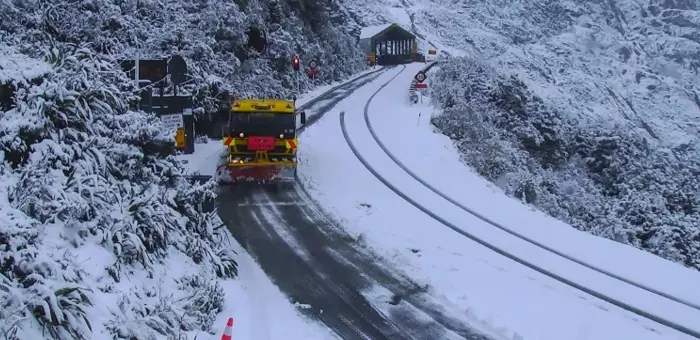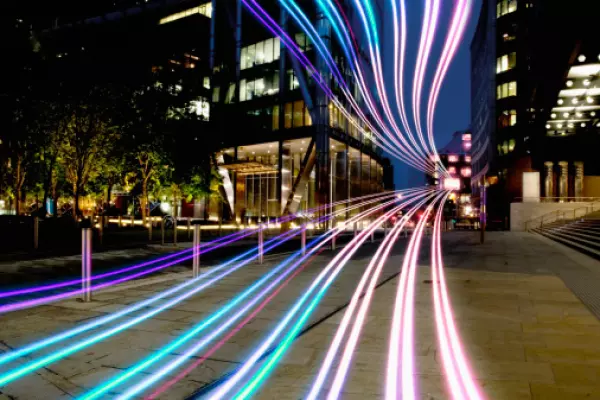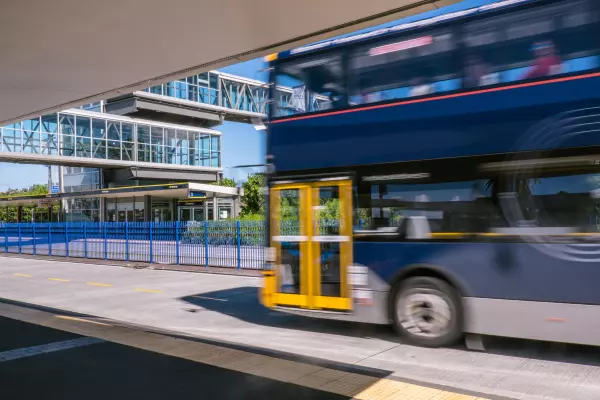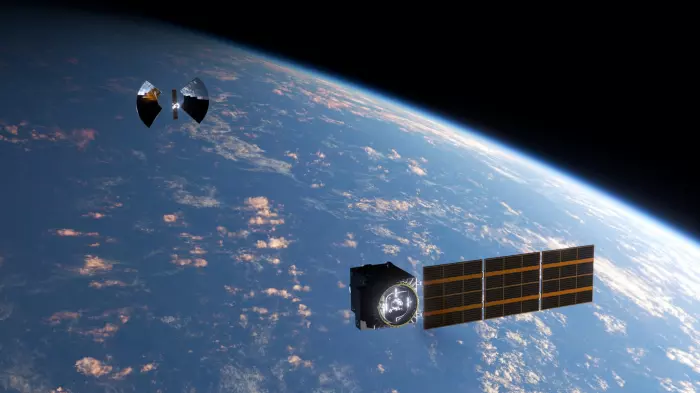This winter, Chorus completed a 120-kilometre fibre connecting Milford Sound to Te Anau where it joins the national network.
Milford Sound-Piopiotahi is an important tourist destination. Up to a million people visit the area each year, most of them travelling along the Milford-Te Anau Highway to reach the iconic world heritage site.
The new fibre gives visitors and cruise ship passengers a fast internet connection.
At the same time, the fibre connection makes the journey to Milford safer for car drivers. It follows the route of state highway 94. Along the route, eight new mobile towers provide phone coverage.
Rob Broadbridge, who heads Chorus’ contract management team, says the new fibre services the popular tourist hot spot.
He says: "When the fibre connects the cell tower, the network congestion that occurred every time a cruise ship came into Milford Sound will be a thing of the past. The digital mobile radio network couldn't handle the traffic volume.
"Tourists would struggle loading their photos and movies to social media using a low-bandwidth connection that was built last century."
Improving the tourist experience is only part of the thinking behind building the link. Milford Sound’s fibre link is part of a larger project upgrading connectivity for the entire west coast of the South Island.
Graham Mitchell, chief executive of Crown Infrastructure Partners, says: “By completing the South Island ring between Fox township and Hāwea, essential resilience has been provided to the West Coast and lower South Island.
“The Manapouri to Te Anau link covers 30 kilometres. It creates additional diversity options for Southland towns, such as Te Anau, Manapouri and Milford.”
Closing a gap in the network
Broadbridge says there was a clear gap in the network. “The government tendered for extra connectivity for Milford and the West Coast in a single package. Finance came from the Provincial Growth Fund.”
He says the need for extra resiliency became clear after Chorus signed the contract for the West Coast projects.
“On Christmas eve 2020, a farmer cut the fibre between Greymouth and Hokitika. At that point, the network was a spur, so at nine o’clock, we lost connectivity to the region. Our engineers had to fix it on Christmas Day. One year later, when that part of the project was completed, we would not have had the same problem.”
Putting the Milford fibre in place had unique challenges. Broadbridge says there were easy areas where Chorus laid fibre under rolling farmland, but there were areas where the build meant digging in the road. And that meant getting permissions for traffic management.
He says workers could be two hours from base, so going back to pick up a mislaid tool wasn’t practical. The other issue was the hard rock. Engineers had to change the blades on the saw more often than usual. And there was harsh weather, which meant stopping work during the snow season.
Ian Hooker, CEO of the Rural Connectivity Group says providing mobile calling services along state highway 94 has always been an important goal for his organisation.
He says: “When we were set up, we were commissioned by the government to provide mobile coverage along 1000 kilometres of state highways. State highway 94 was identified as one of the more important roads to cover for a multitude of reasons. It covers an important tourist area.
“It is one of New Zealand's most dangerous roads. And there is an avalanche risk.
"It is so challenging that it has its own dedicated roading alliance to look after it. In the past, if something happened, you might have to travel two hours back to Te Anau to make a phone call because there was no connectivity.”
RCG installed eight cell towers on the road between Te Anau and Milford Sound. Hooker says around half of the road is now covered with islands of cellular coverage, which means drivers are never more than around 10 to 15 minutes from a tower if there is an emergency.
“The towers are strategically located. We've put them in sites where there are natural stopping areas. Because they are in the Fiordland National Park, we worked with the Department of Conservation to find the most suitable locations.”
There are few small businesses and houses along the way who can connect to broadband on the RCG towers. Hooker says the main job was to cover drivers on the road. The broadband connections along the route are a supplementary benefit, along with the ability to install a tower in Milford Sound township to cater for tourists, tourist-related businesses and those who tend to the influx of visitors.
Hooker says the Chorus fibre meant RCG could bring sites down to the road level.
“Without the fibre, we were going to build towers on top of mountains and along the ridge lines, then connect back into the telecommunications network using microwave links. The new fibre means we have been able to build our sites at road level and by bringing these sites down from the ridgelines, we were able to build more sites giving greater coverage”.
Another benefit is building towers along the road makes it easier to power them. RCG’s cell sites are solar-powered. In winter, snow falls on the panels which can stop them from working. Lower towers along the roadside are more likely to be below the snow line.
The RCG says it called on local knowledge and experience from the Milford Road Alliance.
“It knows when you can and can’t go into areas because of the avalanche risk. The members understand where the best places to build are and what is, or is not, practical.”














